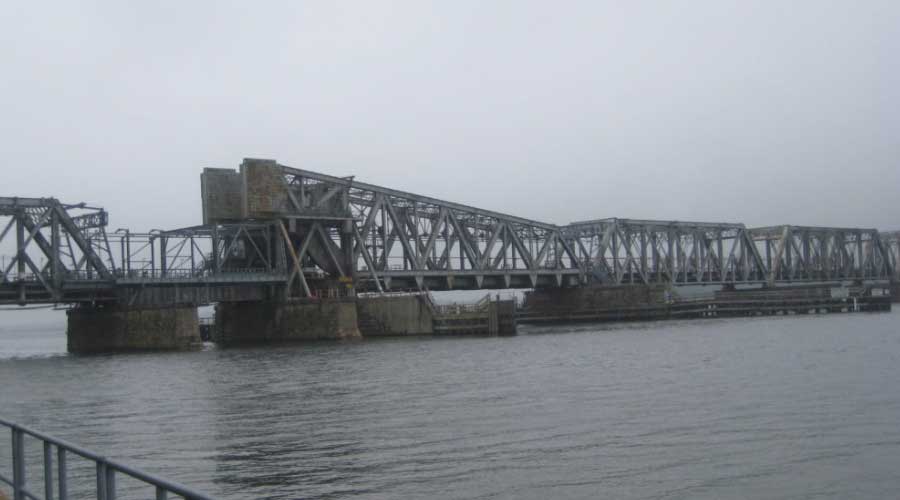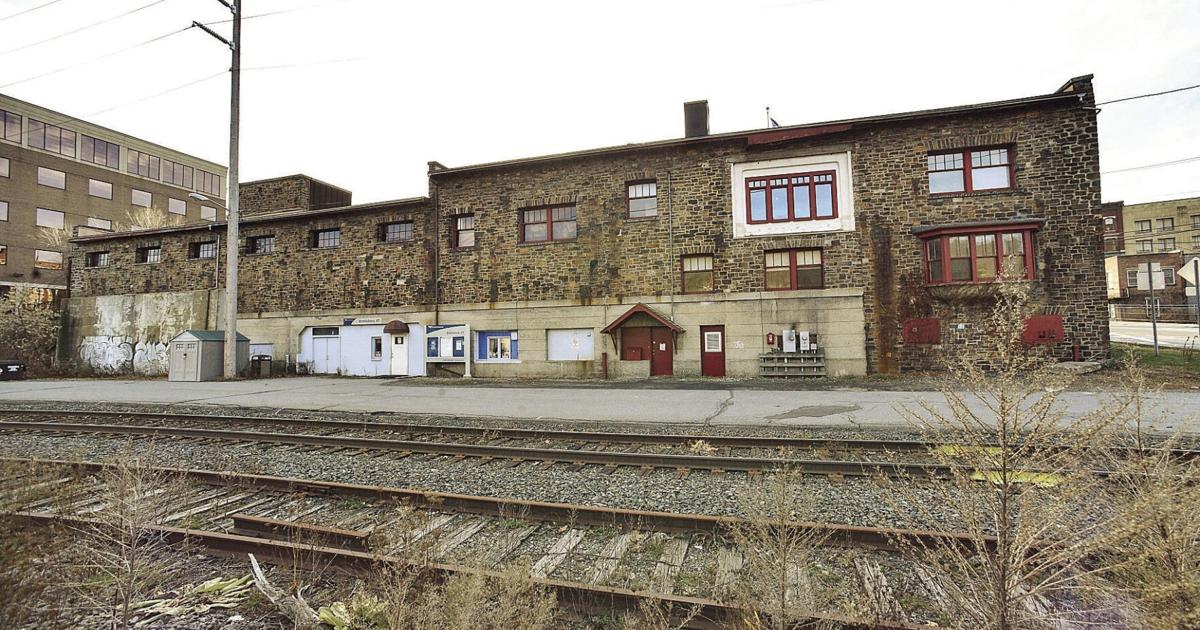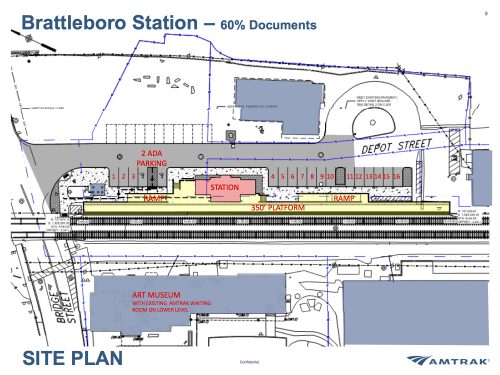Did the pre 1899 station serve the B&A? And if not, was there ever any attempt to connect it? I thought Trinity Place and Huntington Ave stations stuck around until the Pike Extension was built, or was there access to B&A services from the 1929 station (either at the time it was built, or later on) as well?
It's complicated.
1834-1899 -- No South Station, separate terminal stations by RR. Boston & Albany's terminal was Columbus Ave., which sat on the blocks occupied post-1899 by the three permutations of Back Bay. Boston & Providence's terminal was at Park Square on corner of Boylston/Charles South/Columbus where Park Plaza currently is, across the street from the Public Gardens. B&P crossed B&A's Columbus Ave. tail tracks on a diamond, but never shared station digs.
1896-1899 -- Boston Terminal Company formed as joint venture between the (then 4) southside RR's to construct union South Station and related projects. This included a massive grade separation project of the B&P between Forest Hills and Back Bay, creating the old Southwest Corridor embankment. The nearly half-mile of track from the B&A diamond @ Columbus to Park Square Depot was abandoned in favor of the new alignment to SS continuing straight off the B&A tail tracks on brand-new trench construction Columbus-Albany St.'s. 1899 BBY was built as the next-nearest replacement to Park Square Depot for CBD access, since it was well-served by Central Subway trolleys coming off the Public Gardens portal. Building it required nuking the B&A Columbus Ave. depot...the latest permutation of which was an 1880 structure only 1-1/2 decades old at the time. B&A opted against joing Back Bay as a union station, instead building westbound-only platforms at Trinity Pl. and eastbound-only platforms at Huntington Ave. on a more direct streetcar transfer. They took some profit-sharing stake in the BTC venture in exchange for their downsizing.
1928-29 -- "Million-dollar Fire" and BBY rebuild by NYNH&H. B&A stays stet at Trinity/Huntington.
1959-1964 -- B&A takes its payola from the Turnpike Authority for the great chop-down of the mainline to Riverside Jct., elimination of 4 intermediate stops (Cottage Farm/BU, Allston Depot, Brighton Depot, Newton Corner), and the ghetto single-side rebuilds of the remaining Newton trio. The tail end of that package included an add-on platform at BBY so they could jettison Trinity/Huntington, which were immediately demolished.
1964-1979 -- '29 BBY is a 'true' union station. MBTA starts paying in for Needham, West Medway, Blackstone, Dedham commuter rail subsidy to NYNH&H in '64. NYNH&H Providence/Stoughton and B&A Worcester remain 100% private-run '64-73 sans subsidy because those routes were still deemed profitable by the feds. Amtrak takes over intercity franchise in '71 on both routes. Penn Central "happened" between '69-73, uniting the B&A and New Haven under one private ownership roof until the T bought everything lock/stock in '73 and began the modern incarnation of the Purple Line.
1979-1987 -- SW Corridor service suspended for 8 years of reconstruction; Providence/Stoughton and NEC intercity re-routed over upgraded Fairmount Line. '29 BBY continues in-use for Framingham and Amtrak Inlands/LSL. A South Station-BBY shuttle runs for the duration of the shutdown to the B&A berths (last-ever use of self-powered Budd RDC's by the T, '82-85). '29 BBY building is demolished in '81, B&A platform remains open in the trench throughout.
1987-present -- Current BBY bunker opens w/ Orange Line + new full-highs on NEC side. B&A side remains low + retractable-edge mini-high for high-and-wide boxcars of newsprint going to the Boston Herald's former freight siding @ Ink Block. Plate F freight exemption was sunset east of Beacon Park upon closure of the Herald HQ's printing presses ('new' Yawkey/Landsdowne the first to take advantage).





